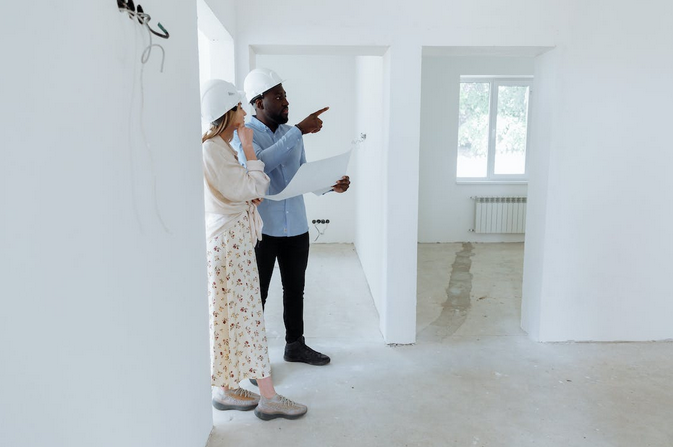Property flipping, a venture where real estate is bought, renovated, and resold for a profit, stands as a compelling avenue for investors seeking returns in the dynamic realm of real estate. However, success in property flipping isn’t merely about buying low and selling high. It requires strategic planning, vision, and an understanding of market dynamics to yield profitable outcomes. This strategy from Haustechnikdialog necessitates a keen eye for identifying hidden potential in undervalued properties and leveraging renovations or improvements to enhance their value significantly.
Understanding Property Flipping
Property flipping isn’t a novel concept, but its allure continues to attract investors looking to turn a profit. The essence lies in identifying undervalued properties, breathing new life into them through renovations or improvements, and selling at a higher price to reap the rewards.
Key Strategies for Profitable Property Flipping

The ability to foresee trends, evaluate renovation costs accurately, and execute renovations that resonate with potential buyers are pivotal factors that separate successful property flippers from the rest. Here’s what you need to do:
- Thorough Market Research: Understanding the local real estate market is foundational. Identifying areas with potential growth, analyzing trends, and spotting undervalued properties are crucial steps in the initial phase.
- Strategic Property Selection: Choose properties wisely. Look for distressed or undervalued properties that have renovation potential but are not overly burdened with structural issues.
- Cost-Efficient Renovations: Optimize renovation costs by focusing on high-impact improvements. Target areas that add significant value to the property, such as kitchen upgrades, bathroom renovations, or enhancing curb appeal.
- Time Management: Time is money in property flipping. Efficient project management and timely completion of renovations are essential to minimize holding costs and maximize returns.
- Accurate Budgeting: Plan renovation costs meticulously. Overestimating expenses helps buffer unforeseen expenses, ensuring that the project remains financially viable.
- Marketing and Sales Strategy: Develop a comprehensive marketing plan to attract potential buyers once renovations are complete. Utilize various platforms and real estate professionals to maximize exposure.
Risk Mitigation and Cautionary Considerations

While property flipping offers lucrative potential, it also carries risks. Market fluctuations, unexpected renovation expenses, or delays in selling could impact profitability. Investors must approach property flipping with caution, conducting thorough due diligence and being prepared for unforeseen challenges.
Property flipping represents a fusion of vision and pragmatism. A venture where calculated risks meet strategic planning. Success in this realm hinges on astute market analysis, meticulous planning, and efficient execution. It’s not just about buying, renovating, and selling; it’s about navigating the dynamic real estate landscape with precision and foresight. For investors venturing into property flipping, the journey is both exhilarating and challenging.


